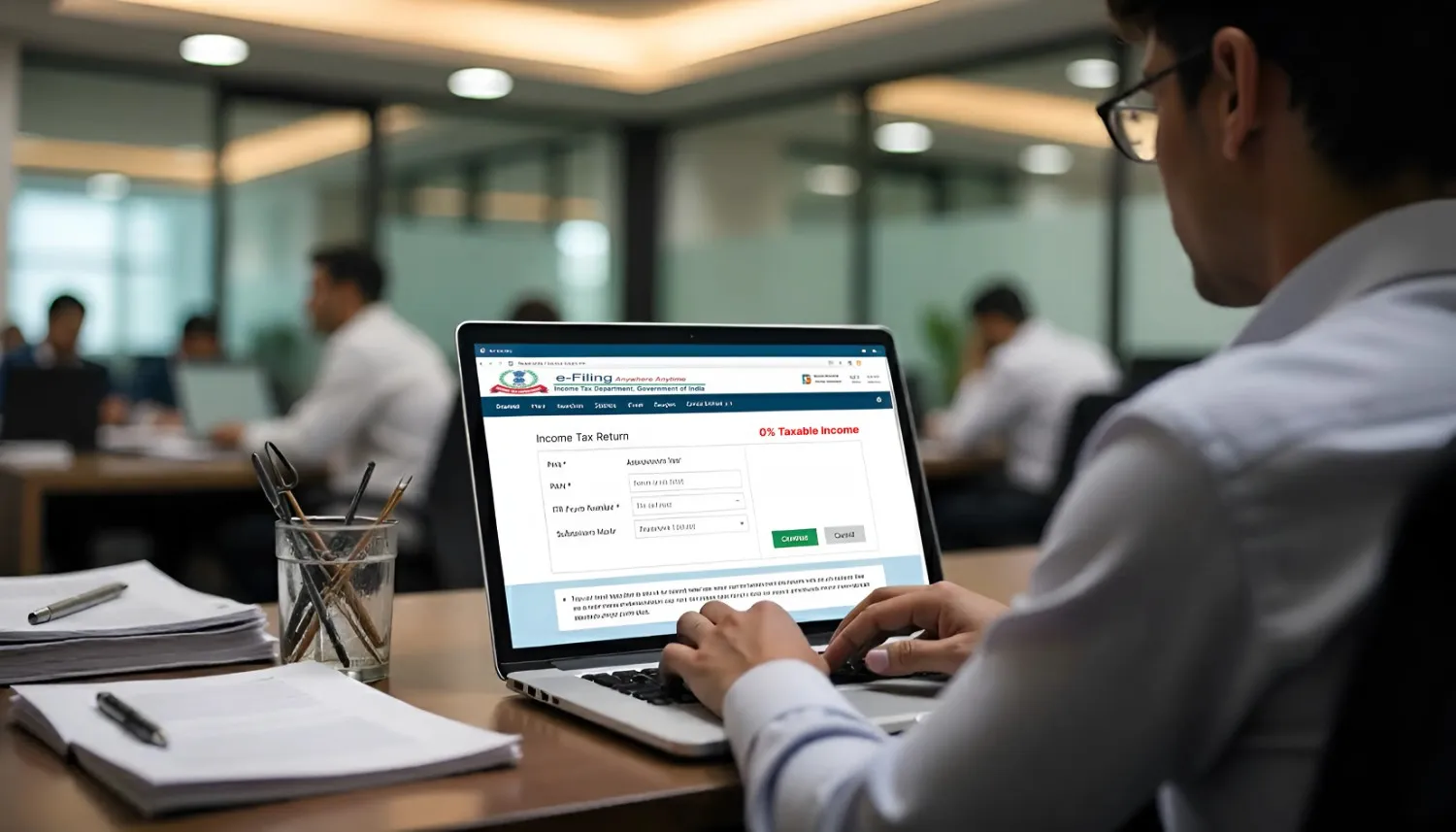
Introduction
Understanding GST jurisdiction is crucial for businesses to ensure proper tax filing and compliance. Every business registered under GST falls under a specific gst office jurisdiction, which determines the tax authority responsible for assessment and compliance checks.
Businesses often struggle with gst region lookup and gst area verification, especially when trying to determine their assigned gst state codes Since tax matters in India involve both central and state governments, knowing whether a business falls under state or central GST jurisdiction is essential.
This guide will simplify gst jurisdiction, explain how to find your jurisdiction online, and provide a step-by-step method to locate your GST officer. Understanding these aspects ensures smooth gst compliance india, preventing delays in tax filing and assessments.
What is GST Jurisdiction?
GST jurisdiction refers to the specific tax authority (state or central) responsible for a business’s GST registration, filing, and compliance. Every taxpayer in India is assigned a unique gst office jurisdiction, which determines where they need to file returns, pay taxes, and respond to queries.
The concept of gst jurisdiction is based on territorial divisions. Each state in India has different gst state codes, which help businesses identify their designated tax authorities. Whether a business falls under state or central jurisdiction depends on multiple factors, including turnover and nature of supply.
Since proper gst compliance india requires businesses to know their jurisdiction, the government has introduced online tools for gst region lookup and gst area verification to make the process easier.
How to Find Your GST Jurisdiction Online?
Locating your GST jurisdiction online is simple and ensures that you comply with taxation rules without unnecessary confusion. The government provides online tools to help businesses with gst region lookup and gst area verification.
Here’s how you can find your gst office jurisdiction online:
1. Using the Official GST Portal
- Visit the GST portal at https://www.gst.gov.in.
- Navigate to the “Search Taxpayer” section.
- Enter your GSTIN (Goods and Services Tax Identification Number) or business details.
- The portal will display your gst jurisdiction, including the corresponding state and central jurisdiction.
2. Checking GST State Codes
Each state in India has unique gst state codes, which are essential for gst area verification. The first two digits of a GSTIN represent the state code, helping businesses identify their tax authority.
For example:
- 01 – Jammu & Kashmir
- 07 – Delhi
- 27 – Maharashtra
Using gst state codes, businesses can ensure they are assigned to the correct gst office jurisdiction and avoid tax filing errors.
3. Contacting the GST Helpline
If online gst region lookup does not provide clarity, businesses can contact the GST helpline or visit the nearest gst office jurisdiction to confirm details.
By understanding how to verify gst jurisdiction, businesses can prevent compliance issues and ensure smooth tax filings.
Step-by-Step Guide to Locating Your GST Officer
Knowing your gst office jurisdiction is only the first step. In case of tax queries, disputes, or compliance checks, businesses must interact with their designated GST officer. Here’s a step-by-step guide to locating your GST officer:
Step 1: Identify Your GST State Code
As mentioned earlier, the first two digits of your GSTIN represent your gst state codes. This helps in narrowing down the jurisdiction under which your business falls.
Step 2: Use GST Region Lookup Online
Once you have the state code, use the gst region lookup tool available on the GST portal to find your gst office jurisdiction.
Step 3: Visit the Nearest GST Office
If online tools are not helpful, visiting the nearest gst office jurisdiction can provide a more accurate verification of your jurisdiction details.
Step 4: Request GST Area Verification
Sometimes, businesses may receive notices from an incorrect jurisdiction due to technical errors. Requesting a formal gst area verification from the GST department ensures that your business is correctly mapped to the right tax authority.
Locating your GST officer is crucial for maintaining gst compliance india and addressing tax-related concerns effectively.
Understanding State-Wise and Central Jurisdictions Under GST
One common confusion businesses face is whether they fall under state or central gst jurisdiction. The allocation depends on business turnover and the nature of transactions.
State GST Jurisdiction
Businesses dealing primarily within a single state fall under state GST jurisdiction. Such businesses file taxes and compliance reports with the state tax authority.
Central GST Jurisdiction
Businesses engaged in inter-state trade fall under central GST jurisdiction. Additionally, large corporations, export-oriented firms, and special economic zone (SEZ) units also fall under central jurisdiction.
Proper gst region lookup helps businesses determine whether they need to comply with state or central tax regulations.
Why Does GST Jurisdiction Matters for Businesses?
Knowing your gst jurisdiction is critical for ensuring smooth business operations and avoiding tax disputes. Here’s why it matters:
1. Compliance with GST Regulations
Proper gst area verification ensures that businesses comply with tax laws and file returns under the correct authority.
2. Avoiding Tax Disputes
Incorrect jurisdiction assignment can lead to notices and penalties. Ensuring proper gst office jurisdiction prevents such legal issues.
3. Filing Returns and Payments on Time
Businesses need to file their GST returns with the assigned jurisdictional officer. If filed under the wrong gst jurisdiction, it can lead to rejections or compliance failures.
4. Simplifying Tax Audits
During audits, tax officers refer to gst state codes to determine jurisdiction. Proper registration ensures smooth audit processes.
Maintaining proper gst compliance india is only possible when businesses understand and adhere to their designated GST jurisdiction.
Conclusion
Understanding GST jurisdiction is crucial for businesses operating under India’s GST regime. Proper knowledge of gst office jurisdiction, gst region lookup, gst state codes, and gst area verification ensures that businesses remain compliant and avoid unnecessary legal troubles.
By using online tools to check their gst jurisdiction, businesses can file returns correctly, interact with the right tax authorities, and prevent compliance issues. Whether a business falls under state or central jurisdiction, understanding these divisions is vital for smooth operations.
If you’re still unsure about your jurisdiction, consulting a GST expert can help clarify your compliance obligations.
Frequently Asked Questions
A: You can use the gst region lookup tool on the GST portal to find your assigned jurisdiction.




